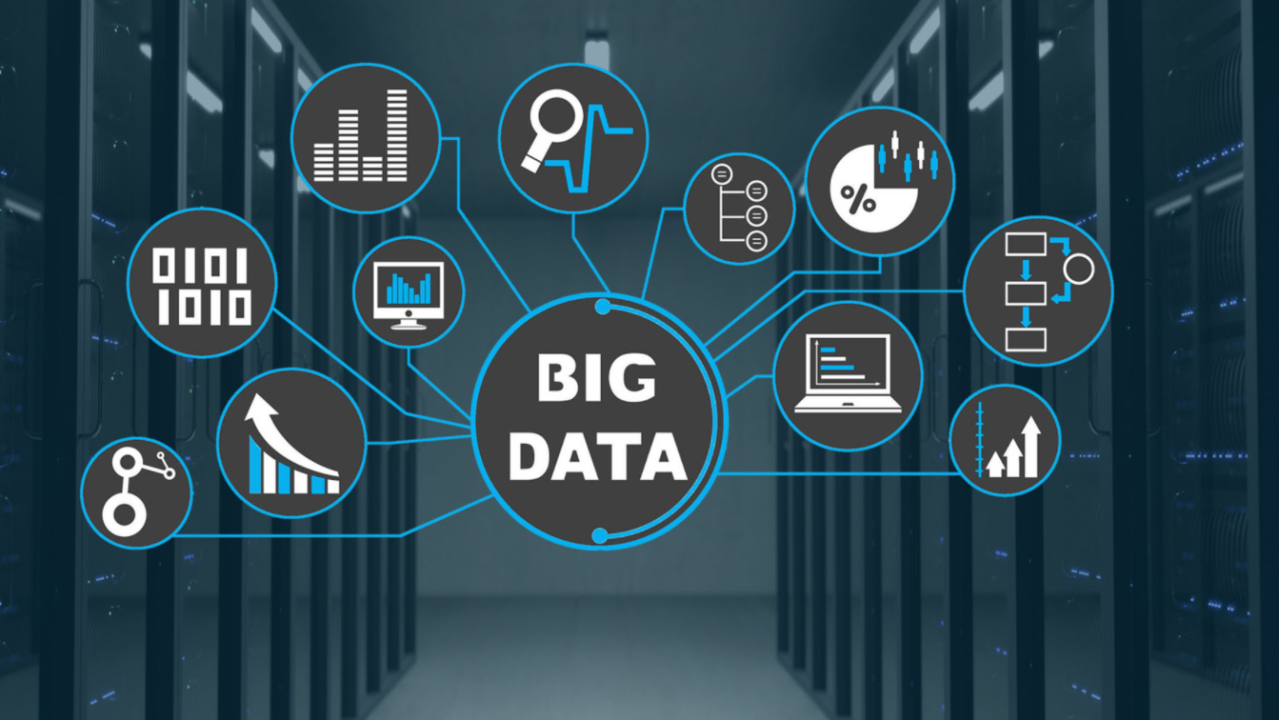Description
Introduction
Onyx is an adaptable framework designed to handle large-scale data processing and machine learning tasks effectively. With the exponential growth of data in various industries, the need for scalable and high-performance solutions is paramount. This guide focuses on leveraging this course applications, exploring strategies to enhance scalability and performance, ensuring that organizations can efficiently manage and analyze vast amounts of data.
Prerequisites
To make the most of this guide, readers should have:
- A foundational understanding of Onyx and its architecture.
- Basic knowledge of big data concepts and technologies.
- Proficiency in programming languages such as Python or Java.
- Familiarity with distributed computing and data processing frameworks.
Table of Contents
- Understanding the Landscape
1.1 Overview of Big Data Concepts
1.2 The Role of this Processing(Ref: Advanced Onyx Techniques: Maximizing Efficiency)
1.3 Benefits of Using Onyx for Large-Scale Data Workflows - Setting Up Environments
2.1 Installing and Configuring Onyx for Scalability
2.2 Integrating the Technologies (e.g., Hadoop, Spark)
2.3 Configuring Data Sources and Connectivity - Optimizing Data Ingestion and Storage
3.1 Efficient Data Ingestion Strategies
3.2 Choosing the Right Data Storage Solutions (e.g., HDFS, NoSQL)
3.3 Implementing Data Compression Techniques - Designing Scalable Workflows in Onyx
4.1 Structuring Workflows for Scalability
4.2 Using Parallel Processing and Distributed Computing
4.3 Implementing Load Balancing in Data Pipelines - Enhancing Performance for Big Data Applications
5.1 Performance Tuning Techniques
5.2 Utilizing In-Memory Processing with Onyx
5.3 Implementing Caching Strategies to Speed Up Workflows - Integrating with Machine Learning
6.1 Building Scalable Machine Learning Models
6.2 Managing Large Datasets in Machine Learning Workflows
6.3 Continuous Learning and Model Updating in Big Data Environments - Monitoring and Managing Onyx Workflows
7.1 Setting Up Monitoring Tools for Performance Tracking
7.2 Analyzing Workflow Efficiency Metrics
7.3 Troubleshooting Common Issues in Big Data Workflows (Ref: Hadoop: Big Data Solutions for Data Administration(DBAs)) - Case Studies: Successful Onyx Implementations for Big Data
8.1 Real-World Examples of Onyx in Action
8.2 Lessons Learned from Scaling Big Data Solutions
8.3 Future Trends - Best Practices for Big Data Development
9.1 Ensuring Data Quality and Integrity
9.2 Collaborating Across Teams for Successful Implementations
9.3 Keeping Abreast of Technological Advances in Big Data - Conclusion
10.1 Summary of Scalability and Performance Strategies
10.2 Encouragement for Experimentation and Innovation
10.3 Resources for Further Learning
Conclusion
Harnessing this course applications provides organizations with the scalability and performance necessary to thrive in a data-driven landscape. By implementing the strategies outlined in this guide, developers can optimize their workflows, enhance data processing capabilities, and ensure efficient management of vast datasets. Continuous improvement and adaptation to new technologies will empower teams to fully leverage the potential.







Reviews
There are no reviews yet.